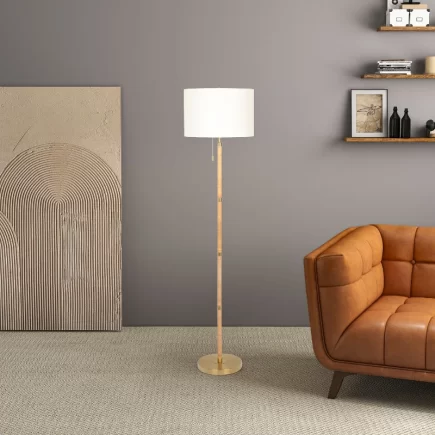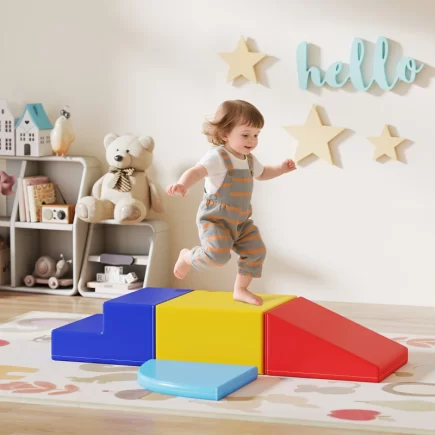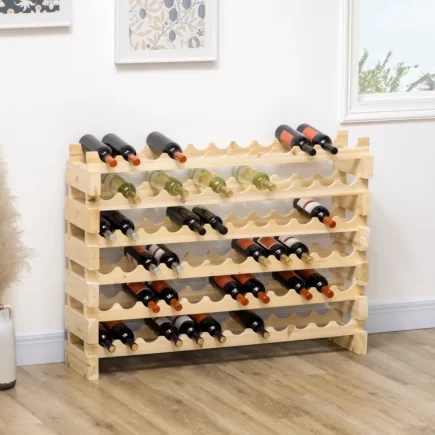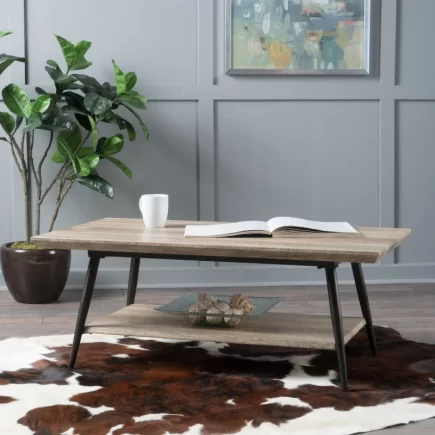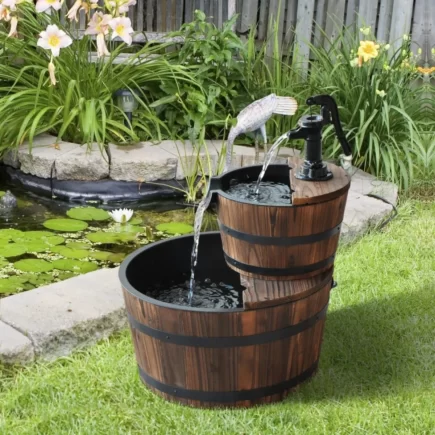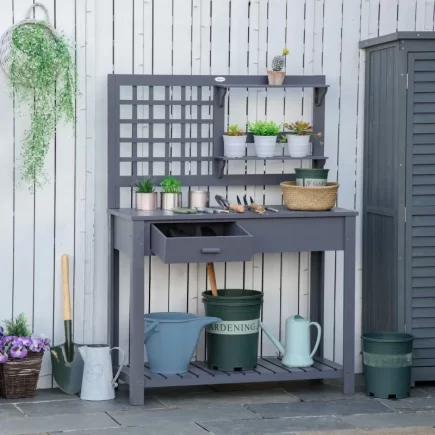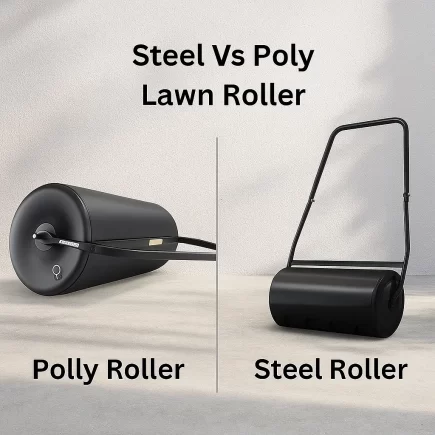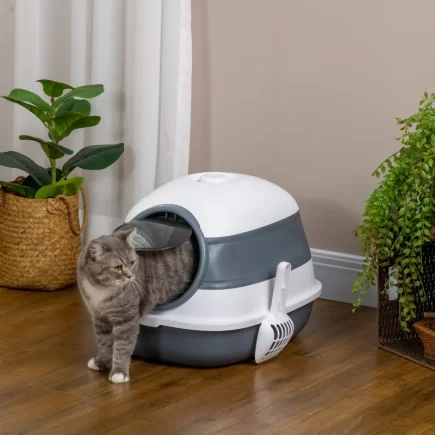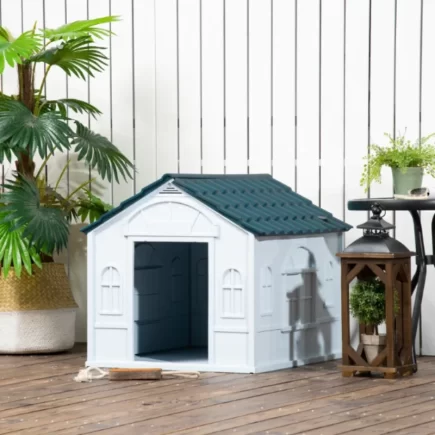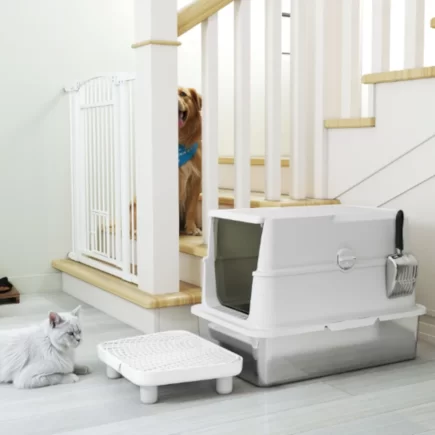Scratches on a mirror can instantly dull its reflection and make it look aged or poorly maintained. The good news is that most light surface scratches can be repaired at home with a few simple materials. By using everyday items like toothpaste, baking soda, or clear nail polish, you can gently polish away fine marks and restore your mirror’s smooth, reflective surface without expensive repair services.

Understanding how to remove scratches from mirrors starts with identifying the depth of the damage. Light scratches can be buffed out with mild abrasives, while deeper ones may need a specialized glass polish such as cerium oxide. With the right tools, gentle pressure, and a bit of patience, your mirror can regain its original clarity and shine, making it look brand new again.
Check the Scratch Before You Begin
Not every scratch can be fixed. You need to know whether it’s surface-level or deep.
The Fingernail Test:
- Run your fingernail gently across the scratch.
- If your nail doesn’t catch, it’s a light surface mark you can likely polish out.
- If your nail catches, the scratch is deeper and may require professional repair.
When to Try DIY
- The scratch is on the mirror’s surface, not on the silver backing.
- The mark feels smooth and faint.
Gather What You’ll Need
| Item | Use | Notes |
| Soft microfiber cloth | Cleaning and buffing | Avoid paper towels or napkins |
| White, non-gel toothpaste | Light scratch remover | Baking-soda based works best |
| Baking soda | For a polishing paste | Mix with water 1:1 |
| Clear nail polish | Fills shallow grooves | Wipe excess with remover |
| White vinegar | Removes haze or residue | Mix 1:1 with water |
| Metal polish or cerium oxide | Removes moderate scratches | Use sparingly with felt pad |
| #0000 fine steel wool | Optional for faint scuffs | Use new pad, very light pressure |

Safety Tip:
Work on a flat surface with good lighting. Always start with the gentlest method and increase strength only if necessary.
1. Clean the Mirror First
Dirt or grit can make scratches worse.
Steps to Clean Mirror:
- Spray a glass cleaner on a microfiber cloth (not directly on the mirror).
- Wipe gently in long strokes until the surface is clean.
- Dry completely with another soft cloth.

Note: If you live in a hard-water area, use distilled water to prevent mineral buildup.
2. Toothpaste Method (Best for Light Scratches)
Toothpaste contains mild abrasives that gently smooth surface marks.
How to Apply:
- Dab a small amount of toothpaste on the cloth.
- Rub over the scratch using small, circular motions for 30–60 seconds.
- Wipe clean with a damp cloth and dry with a new one.
- Check the mirror and repeat up to three times if necessary.

If the mark remains, move on to baking soda or a polishing compound.
3. Baking Soda Paste (For Slightly Deeper Marks)
Baking soda is slightly stronger than toothpaste and ideal for small but visible scratches.
Steps:
- Mix equal parts baking soda and water until thick.
- Dip a soft cloth into the paste.
- Gently rub the scratch in circular motions for 20–30 seconds.
- Wipe clean and inspect. Repeat once or twice if needed.

| Method | Scratch Type | Ease |
| Toothpaste | Light | Easy |
| Baking soda | Light–moderate | Easy |
Always test on a small corner before polishing the main surface.
4. Clear Nail Polish (To Fill Shallow Grooves)
If the scratch is visible but not deep enough for professional work, clear nail polish can make it nearly disappear.
How to Use:
- Clean and dry the area.
- Apply a thin coat of clear nail polish directly into the scratch.
- Let it dry for about one hour.
- Lightly wipe excess polish with a cloth dampened with nail-polish remover.

Avoid this method on antique mirrors or coated glass, as the remover may damage the finish.
5. Metal Polish or Cerium Oxide (For Moderate Scratches)
These compounds are stronger and designed to smooth slightly deeper scratches.
Steps:
- Apply a small amount of polish to the felt pad.
- Buff gently in circular motions.
- Wipe clean and inspect every 30 seconds.

| Compound | Depth Range | Caution |
| Metal polish | Light–medium | Don’t press hard |
| Cerium oxide | Medium–deep | Keep surface cool |
Stop immediately if you see haze or heat buildup, over-buffing can dull the mirror.
6. White Vinegar for Surface Haze
- After polishing, a light film may remain.
- Mix equal parts white vinegar and water, dampen a soft cloth, and wipe the area to restore shine.
- This step doesn’t remove scratches, it removes residue from polishing.
7. Optional: Fine Steel Wool
If faint scuffs remain, use #0000-grade steel wool with minimal pressure.
How to Use:
- Rub gently in small circles for a few seconds.
- Wipe clean immediately.
- Don’t use old or rusty pads, they can cause more damage.

Inspect the Results
Check the mirror under good lighting.
- If the surface looks smooth and reflection is clear, stop polishing.
- If small marks remain, repeat your chosen method once more.
- If the scratch doesn’t improve, avoid further buffing, it can cloud the glass.
When to Call a Professional
- Deep scratches or damage to the backing layer require expert care.
- Professionals use polishing machines or re-silvering techniques to restore reflectivity safely.
| Problem | Reason to Go Pro |
| Deep grooves | DIY can worsen cracks |
| Black spots | Indicates backing damage |
| Peeling or flaking | Needs re-silvering |
Quick Comparison: DIY Scratch Removal Methods
| Method | Best For | Tools | Time | Effectiveness |
| Toothpaste | Fine surface marks | Cloth | 10 min | Moderate |
| Baking Soda | Slightly deeper scratches | Cloth, bowl | 15 min | Good |
| Nail Polish | Shallow grooves | Brush, remover | 20 min | Moderate |
| Metal/Cerium Polish | Moderate scratches | Felt pad, water | 30 min | Strong |
| Vinegar Mix | Post-polish shine | Cloth, water | 5 min | Mild |
| Fine Steel Wool | Light scuffs | New #0000 pad | 10 min | Moderate |
Restoring a scratched mirror doesn’t have to be complicated or costly. The key is to match the method to the damage, using mild abrasives like toothpaste or baking soda for light marks, and stronger compounds or professional help for deeper flaws. Taking time to clean the surface properly, applying gentle pressure, and checking your progress often can make a noticeable difference.
With a careful touch and a few common household items, you can bring back the Mirror’s smooth reflection and extend its lifespan without replacing it.
FAQs
1. Can you use car polish to remove scratches from a mirror?
Yes, you can use a small amount of car polish or automotive glass polish on minor mirror scratches. Make sure it contains cerium oxide and always apply it with a soft felt pad using light pressure to avoid distorting the glass surface.
2. Can a mirror scratch get worse over time?
Yes. If dirt, moisture, or cleaning chemicals collect in the scratch, it can deepen or expand, especially near the edges. Cleaning and sealing the area early prevents the damage from spreading.
3. Can I use baking soda and vinegar together on a scratched mirror?
No, combining them neutralizes the cleaning effect. Use baking soda paste first to polish the scratch, then separately clean the area with a vinegar and water mix to remove any residue or haze afterward.
4. What’s the easiest way to maintain a scratch-free mirror long-term?
Keep the mirror clean, avoid placing sharp or metal objects nearby, and occasionally wipe it with a thin layer of automotive wax to create a smooth, protective coating that resists fine abrasions.

